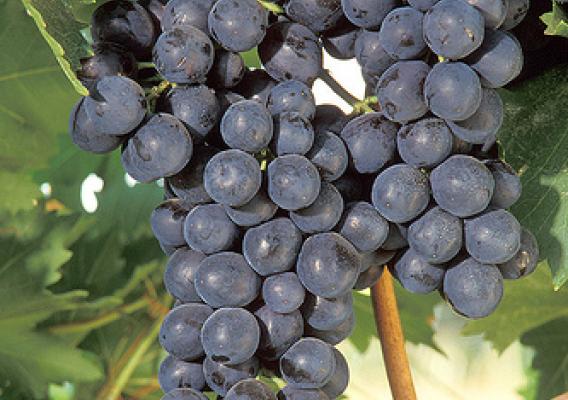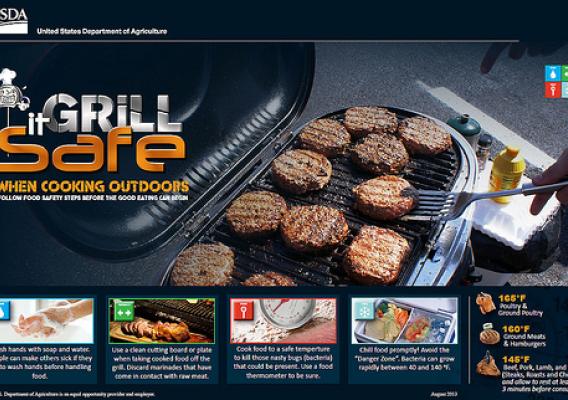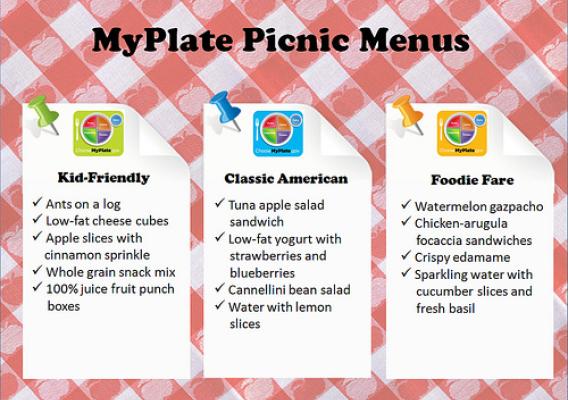This post is part of the Science Tuesday feature series on the USDA blog. Check back each week as we showcase stories and news from USDA’s rich science and research portfolio.
2013 is the International Year of Statistics. As part of this global event, every month this year USDA’s National Agricultural Statistics Service will profile careers of individuals who are making significant contributions to improve agricultural statistics in the United States.
When I first walked through the doors to the USDA South Building in our nation’s capital, I was a newcomer, and in more ways than one. I had never worked in an office before. I had never lived in a big city. And to be honest, I didn’t know anything about agriculture. I was placed as an intern in the Public Affairs Section of the National Agricultural Statistics Service (NASS) because of my studies in Statistics and English, and I was very nervous about what I would find. As foolish as it seems now, I was flying blind my first day, completely unaware of what was waiting for me in the coming hours, let alone the next ten weeks.
What I found was a corps of statisticians committed to collecting data and calculating accurate numbers on American farming, and releasing them on a strict schedule. I quickly became aware of how important this job really is. Thousands of people in all parts of the agriculture industry, from commodity traders to policy makers to everyday farmers, depend on information from NASS to inform their decisions. It’s a huge undertaking, requiring cooperation among survey design teams, survey administration teams, data collectors, statisticians, commodity experts, and IT specialists, all spread across the country. As I joined their ranks, I was able to see many aspects of NASS operations and learn about its complexities and relevance.








